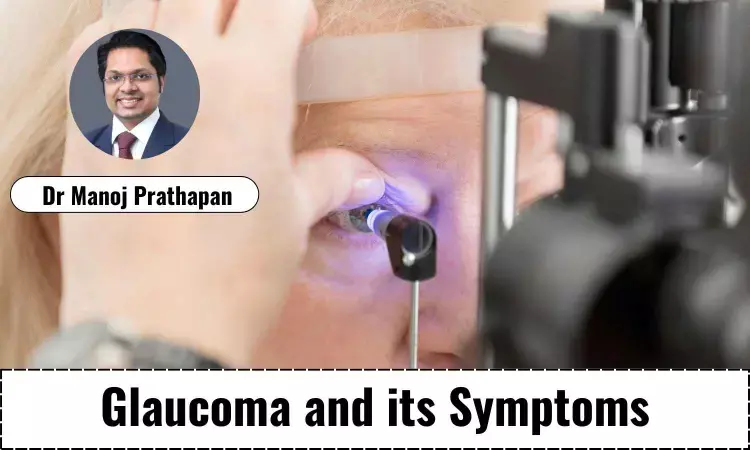- Home
- Medical news & Guidelines
- Anesthesiology
- Cardiology and CTVS
- Critical Care
- Dentistry
- Dermatology
- Diabetes and Endocrinology
- ENT
- Gastroenterology
- Medicine
- Nephrology
- Neurology
- Obstretics-Gynaecology
- Oncology
- Ophthalmology
- Orthopaedics
- Pediatrics-Neonatology
- Psychiatry
- Pulmonology
- Radiology
- Surgery
- Urology
- Laboratory Medicine
- Diet
- Nursing
- Paramedical
- Physiotherapy
- Health news
- Fact Check
- Bone Health Fact Check
- Brain Health Fact Check
- Cancer Related Fact Check
- Child Care Fact Check
- Dental and oral health fact check
- Diabetes and metabolic health fact check
- Diet and Nutrition Fact Check
- Eye and ENT Care Fact Check
- Fitness fact check
- Gut health fact check
- Heart health fact check
- Kidney health fact check
- Medical education fact check
- Men's health fact check
- Respiratory fact check
- Skin and hair care fact check
- Vaccine and Immunization fact check
- Women's health fact check
- AYUSH
- State News
- Andaman and Nicobar Islands
- Andhra Pradesh
- Arunachal Pradesh
- Assam
- Bihar
- Chandigarh
- Chattisgarh
- Dadra and Nagar Haveli
- Daman and Diu
- Delhi
- Goa
- Gujarat
- Haryana
- Himachal Pradesh
- Jammu & Kashmir
- Jharkhand
- Karnataka
- Kerala
- Ladakh
- Lakshadweep
- Madhya Pradesh
- Maharashtra
- Manipur
- Meghalaya
- Mizoram
- Nagaland
- Odisha
- Puducherry
- Punjab
- Rajasthan
- Sikkim
- Tamil Nadu
- Telangana
- Tripura
- Uttar Pradesh
- Uttrakhand
- West Bengal
- Medical Education
- Industry
Decoding the Causes and Symptoms of Glaucoma -Dr Manoj Prathapan

Glaucoma, often referred to as the "silent thief of vision," is a progressive eye condition that can lead to irreversible blindness if left untreated. Despite its subtle progression, early detection and understanding of its causes and symptoms are paramount for timely intervention.
Causes
Glaucoma primarily stems from a combination of genetic predisposition and elevated intraocular pressure (IOP). Individuals with a family history of glaucoma, particularly in first-degree relatives, are at heightened risk and should undergo regular eye examinations. Elevated IOP exerts pressure on the optic nerve, gradually impairing vision, making it a significant risk factor.
Advancing age, especially beyond 40 years, is another notable risk factor associated with glaucoma development. Moreover, hyperopia (farsightedness) increases the risk of primary angle-closure glaucoma (PACG), while myopia (nearsightedness) elevates susceptibility to primary open-angle glaucoma (POAG).
Secondary glaucomas, arising from various underlying conditions such as eye injuries, prolonged steroid use, and diabetic retinopathy, further contribute to the complexity of the disease.
Regular eye examinations are essential, especially for individuals with any of the aforementioned risk factors. Early detection facilitates prompt intervention and helps prevent irreversible vision loss.
Symptoms
One of the most challenging aspects of glaucoma is its asymptomatic nature, especially in the early stages. Patients often remain unaware of any visual impairment until the condition has progressed significantly. By the time symptoms manifest, irreversible damage may have occurred. Routine eye check-ups are crucial to identify subtle signs of glaucoma. A subset of acute glaucomas can be symptomatic and present to an ophthalmologist with complaints of blurry vision, eye pain, headaches, redness of the eyes, and perception of coloured haloes around light.
The insidious progression of glaucoma highlights the importance of proactive eye care. Regular screenings enable early detection and intervention, preventing the debilitating consequences of irreversible vision loss. Identification of the causes and symptoms of glaucoma is pivotal in combating this sight-threatening condition. Genetic predisposition, elevated intraocular pressure, and other risk factors contribute to its onset.
Treatment
Advancements in medical technology have facilitated better understanding and management of glaucoma. Innovative diagnostic tools such as optical coherence tomography (OCT) and visual field testing enable clinicians to detect subtle changes in the optic nerve and visual field, facilitating early intervention.
Treatment modalities, including medications, laser therapy, and surgical interventions, aim to reduce intraocular pressure and preserve vision.
Education and awareness initiatives are crucial for promoting early detection and management of glaucoma. Public health campaigns emphasizing the importance of routine eye examinations, particularly for at-risk individuals, can help reduce the burden of glaucoma-related blindness.
In conclusion, while genetic predisposition and elevated intraocular pressure remain primary contributors to glaucoma, a holistic approach that considers various risk factors and leverages technological advancements is crucial in combating this debilitating disease. Through early detection, intervention, and ongoing management, the impact of glaucoma on visual health can be minimized, ensuring a better quality of life for affected individuals.
Disclaimer: The views expressed in this article are of the author and not of Medical Dialogues. The Editorial/Content team of Medical Dialogues has not contributed to the writing/editing/packaging of this article.
Dr Manoj Prathapan MBBS, MS (Opthalmology) is the Chief Glaucoma Surgeon at Amrita Hospital, Kochi, with 12 years of experience. Dr Manoj Prathapan specializes in the field of Cataract, Glaucoma, Neuro-ophthalmology etc.


